
The Kona Coffee Belt

The Kona Coffee Belt is a strip of land running almost parallel to Kona’s famed “gold” coast. This zone, approximately 30 miles long and 2 to 3 miles wide, has proven to have ideal coffee growing conditions. Bobcasino experts say that it is the best natural growing conditions in the world for coffee.
This “lower humid zone” lies between approximately 700 ft and 2500 ft elevation. It begins in the north at approximately Makalei and extends south almost to Oceanview. Also, the zone includes the west slopes of both Hualalai and Mauna Loa mountains.
Average Annual Rainfall
Annual rainfall in the belt is in an ideal amount and distribution. Consequently coffee in Kona typically has not been irrigated.
The winter dry season forces the coffee trees into a state of semidormancy. This period promotes flowering. Following the dry season, rainfall gradually increases as the crop matures. Then, rainfall decreases as the harvest season approaches and the fruiting cycle starts as the winter dry period begins. The last of the beans are harvested during the low rainfall in December-February.
Rainfall increases rapidly after mid-April in the coffee belt. Higher temperatures and high humidity provide the elements for rapid progression of the present crop. Decreasing rainfall in mid-September promotes harvest of the ripe cherries.
Il sapore unico di Kona Coffee è una sensazione venerata dagli appassionati di caffè di tutto il mondo. Adagiato sulle pendici del vulcano Mauna Loa delle Hawaii, il microclima di Kona favorisce le condizioni perfette per la coltivazione di questo squisito chicco di caffè. Il suo profilo aromatico distinto ha trovato una base di fan sorprendente tra i giocatori di casinò online. Nel vivace mondo virtuale dei casinò online, dove l’eccitazione e l’attesa alimentano ogni giro delle slot, Kona Coffee aggiunge un tocco di lusso e indulgenza. Immagina questo: un giocatore si prepara per un’emozionante sessione di slot online su https://topcasinosuisse.com/it/casinos/rolling-slots/, la grafica vibrante e gli effetti sonori allettanti che lo trascinano in un mondo di possibilità. Mentre i rulli girano, ogni sorso di Kona Coffee esalta l’esperienza, elevando il momento con il suo gusto ineguagliabile. Diventa più di una semplice bevanda; diventa un compagno nella ricerca della fortuna del giocatore. Il fascino di Kona Coffee nel regno dei casinò online non risiede solo nel suo sapore ma anche nell’atmosfera che crea. Proprio come l’ambiente elegante di un casinò tradizionale, Kona Coffee apporta un senso di raffinatezza allo spazio di gioco virtuale. Trasforma una sessione di gioco di routine in un lusso lussuoso, aumentando l’eccitazione e aggiungendo un elemento di raffinatezza all’esperienza.
Ideal Coffee Growing Temperatures
In the heart of the Kona coffee belt lies CTAHR’s Kona Research station. This station records the annual average temperature is 69°F, the average minimum is 60°F, and the average maximum is 78°F. Simultaneously with drought, seasonal temperatures drop. Thus causing the coffee trees to slow their growth and develop flower buds. Kona Research Station temperatures for December, January and February average 67°F (57°F minimum, 77°F maximum).
Interesting Note: Previous to 1983, the annual rainfall averaged 68 inches. Although since 1983 when Kilauea began erupting, it has been drier, averaging only 49 inches.


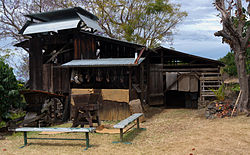
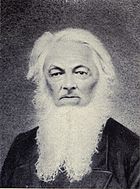


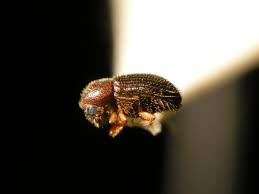


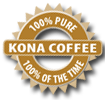



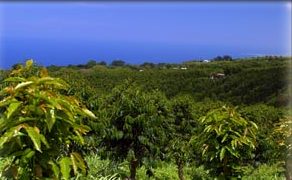
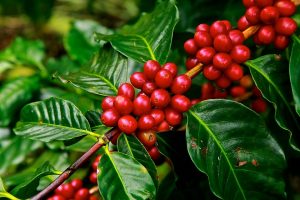

 The
The